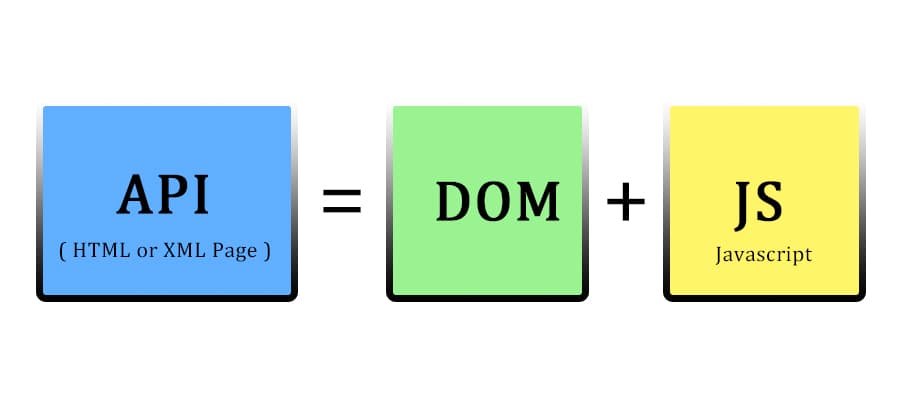

console.log(document.querySelector('h1').classListvalue) // Expected output: multi-class header first title. It takes two parameters the class name to replace, and the new value to replace it with: JavaScript. If you want to return or change just the text inside hidden elements, use textContent. The replace () method replaces one class name with another. If you want to return or change just the text inside an element, use innerText. If you want to return or change the HTML inside an element, use innerHTML.

We’ll meet many examples further in the tutorial. If you simply want to change the text in an element, any of these properties will work. These are the basics to start working with forms.

Then, set the values of the properties of the style object. The selected element has the style property that allows you to set the various styles to the element. Below are some examples of how you can use the document object to access and manipulate HTML. First, select the element by using DOM methods such as document.querySelector (). If you want to access any element in an HTML page, you always start with accessing the document object. (For checkboxes and radio buttons, use input.checked to determine whether a value is selected.)įor, one can also get the value by the index lectedIndex or through the options collection select.options. The HTML DOM Document Object The document object represents your web page. Value is available as input.value, textarea.value, select.value, etc. element.form Elements reference their form in the form property. form.elements Form elements are available as form.elements, or can use just form. Referencesįorm navigation: document.forms A form is available as document.forms. option.text Text content of the option (seen by the visitor). option.index The number of the option among the others in its. Option elements have properties: lected Is the option selected. Let option = new Option("Text", "value", true, true)


 0 kommentar(er)
0 kommentar(er)
